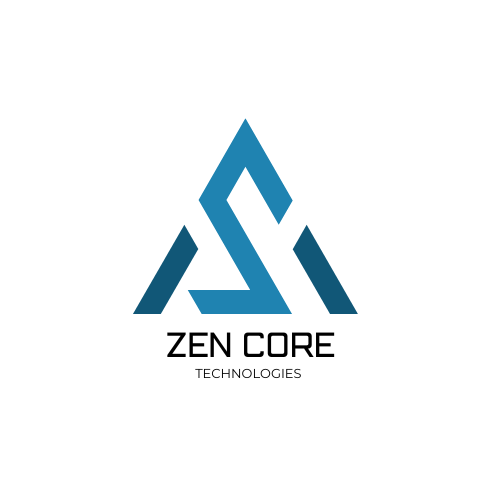In the ever-evolving landscape of electric vehicles (EVs), one might not immediately think of fastening solutions as a revolutionary game-changer. However, beneath the sleek exteriors and cutting-edge battery systems of modern EVs lies a crucial element driving innovation in the industry: Body-in-White (BIW) fastening technology. Delve into the pivotal role of this technology in revolutionizing EV design, highlighting five key areas where it has brought about transformative changes.
Table of Contents
Weight Reduction and Improved Efficiency
This technology has enabled automakers to reduce BIW structure weight in EVs significantly. Lightweight materials like aluminium and advanced high-strength steel are commonly used, and innovative fastening methods, such as self-piercing rivets and adhesive bonding, have replaced traditional welding. This shift not only reduces the vehicle’s overall weight but also enhances energy efficiency, extending the range of EVs on a single charge.
Transitioning from welding to modern fastening techniques has another notable advantage: it minimizes the heat-affected zone, preserving the integrity of the materials. As a result, EVs can maintain their structural strength and safety while shedding excess weight, a crucial aspect of achieving sustainability goals and improving overall performance.
Enhanced Safety and Structural Integrity
This technology is pivotal in enhancing EVs’ safety and structural integrity. By utilizing advanced fasteners and bonding techniques, automakers can precisely control the distribution of stress and load-bearing capacities within the BIW. This results in vehicles that are lighter and safer in the event of a collision. Furthermore, using adhesive bonding in conjunction with fasteners creates a robust bond that dampens noise and vibrations, enhancing the overall driving experience for EV owners. The improved structural integrity achieved through modern fastening methods ensures that EVs meet stringent safety standards while providing a comfortable and quiet ride.
Simplified Assembly and Manufacturing
One of the most significant advantages of fastener solutions in BIW design is the simplification of assembly and manufacturing processes. Unlike welding, which requires specialized equipment and skilled labour, modern fastening methods are more adaptable and can be easily automated. This simplification results in faster production times and reduced manufacturing costs for EVs. Additionally, the technology allows for greater flexibility in design. This flexibility is crucial in meeting the growing demand for unique and stylish EV models that capture consumers’ attention.
Modular Design and Customization
Fastening technology, especially when offered by a fastener manufacturer, has brought about transformative changes in the BIW (Body in White) of EVs (Electric Vehicles). The modularity made possible by these technologies is a true game-changer. Automakers can now produce modular components that can be easily replaced or upgraded. This promotes longevity and substantially reduces maintenance costs for EV owners. Such potential for personalization means that consumers can get vehicles tailored to their tastes, ensuring the market remains dynamic and agile, always ready to meet evolving consumer demands.
Sustainable Manufacturing Practices
The technology, driven by progressive fastener suppliers, aligns with the overarching goal of sustainability in the EV industry. Reducing energy consumption during production, thanks to eliminating welding, contributes to a smaller carbon footprint. Additionally, the use of lightweight materials and the reduction of waste in manufacturing further promote environmental responsibility. Suppliers are incentivized to develop eco-friendly solutions, creating a virtuous cycle of innovation that benefits the entire EV industry and the planet.
Conclusion
Fastening solutions have emerged as an unexpected hero in EV design in the race toward a more sustainable and efficient future. From reducing weight and improving safety to simplifying assembly and promoting sustainability, it has proven to be a game-changer in the Body-in-White sector. As the electric vehicle revolution continues to gain momentum, the role of fastening technology will undoubtedly remain pivotal, shaping the vehicles we drive and the environmental impact of the automotive industry for years to come.




